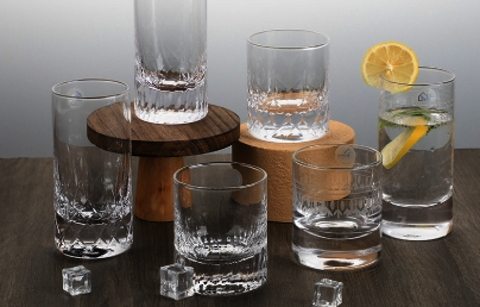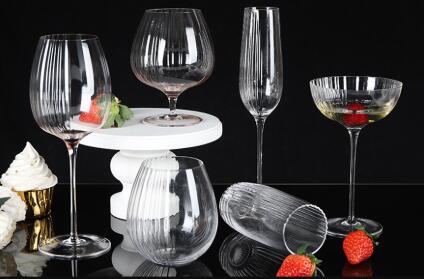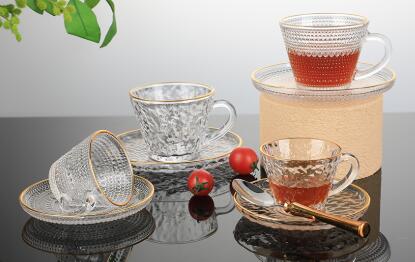The development and characteristics of ceramics in the world. Is it the popular container?
Pulished on Aug. 24, 2019Ceramics is a general term for pottery and porcelain. It is made of clay as the main raw material and various natural minerals are pulverized, kneaded, shaped and calcined.
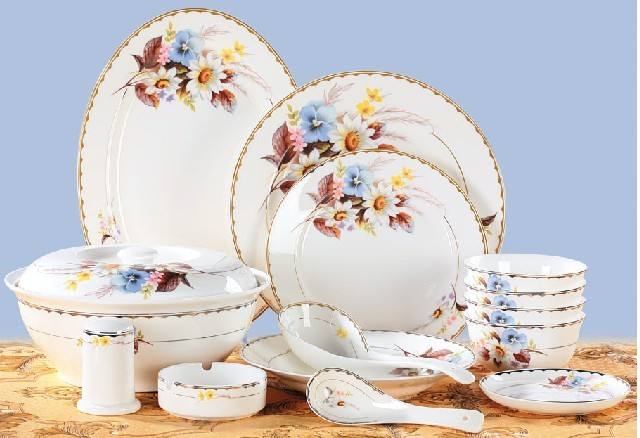
1. The development and region of the ceramic industry:
In the world ceramic industry, Italy and Spain are strong traditional ceramics production country. When the era of the industrial revolution came, the ceramic industry moved from the handicraft industry to the modern ceramic industry, and the center of world ceramic production was transferred to countries such as Europe and Japan.
After long-term development, foreign ceramic manufacturers mostly engage in a certain link or process of the ceramic industry according to their core competence and superior resources to reflect their core competitive advantages. With the restrictions on energy and raw materials, and the rising labor costs, developed countries and regions gradually transfer technology and production capacity to developing countries, and the world ceramic production centers are gradually shifting to developing countries. The ceramic industry in Asian countries such as China and India has developed rapidly in recent years and has become the world's major ceramic production base.
2. Ceramic production and demand characteristics:
In the global ceramics market, the demand for ceramic products is diversified and personalized. European and American countries pay more attention to the color, shape, safety and environmental protection of ceramic products; China is more focused on the color, cultural connotation and practical performance of ceramic products.
In recent years, due to the substantial increase in the output of ceramic products in developing countries, the total output of the global ceramic industry has been increasing year by year.
3. Development needs attention:
The standards and requirements for daily-use ceramic products are increasing in countries around the world, such as the amount of lead and cadmium dissolved in ceramic products.
The impact of the global economic environment, demand growth slowed, but the demand for quality daily-use ceramics is still growing year by year. High-quality ceramics for daily use, artistic ceramic products with cultural heritage and artistic atmosphere are more popular. Due to the differences among consumers, the products will develop towards diversification, which is reflected in the product quality, function, color, and novelty. At the same time, personalized products with functions such as collection and gifts are more and more popular. And has a larger market space.
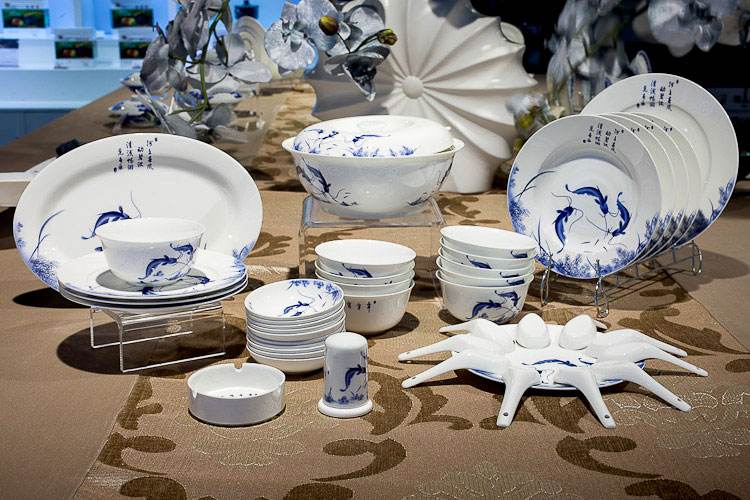
4. Is it a popular container?
Have you ever wondered if ceramics are popular porcelain, the answer is Yes.
Countries all over the world have different needs for ceramics. France likes European style, likes the pattern of horses, and horses symbolize happiness in France. The French market is better for European-style figures, animals, flowers and birds. The UK is a country that produces ceramics earlier in Europe. Ceramics are more commonly used in the UK. Italy also produces porcelain, which is supplied to the domestic market and exports. Italy has a strict inspection of lead content. Vases with flowers, figures, flowers and birds are better sold; the Australian market has popular iron and porcelain in recent years; Japanese people like to use porcelain in summer and pottery in winter; porcelain in the Canadian market sells in art porcelain, sculptures The characters are mainly, and the utensils are mainly ware.
Ceramics have the advantages of beautiful appearance, good heat resistance, wear resistance, corrosion resistance and environmental protection. However, it also has the disadvantages of large brittleness, low impact resistance, brittleness, and difficulty in recycling products. All in all, ceramics are very popular.







